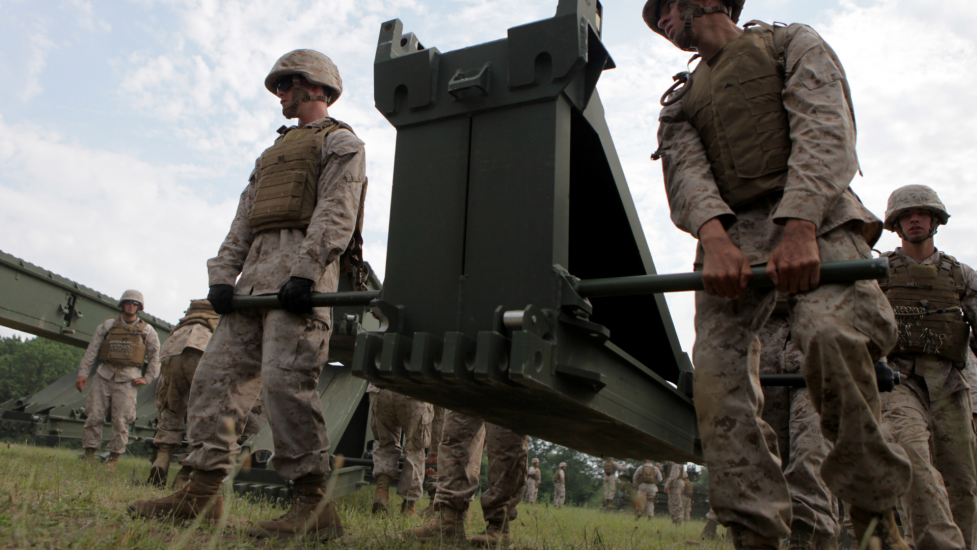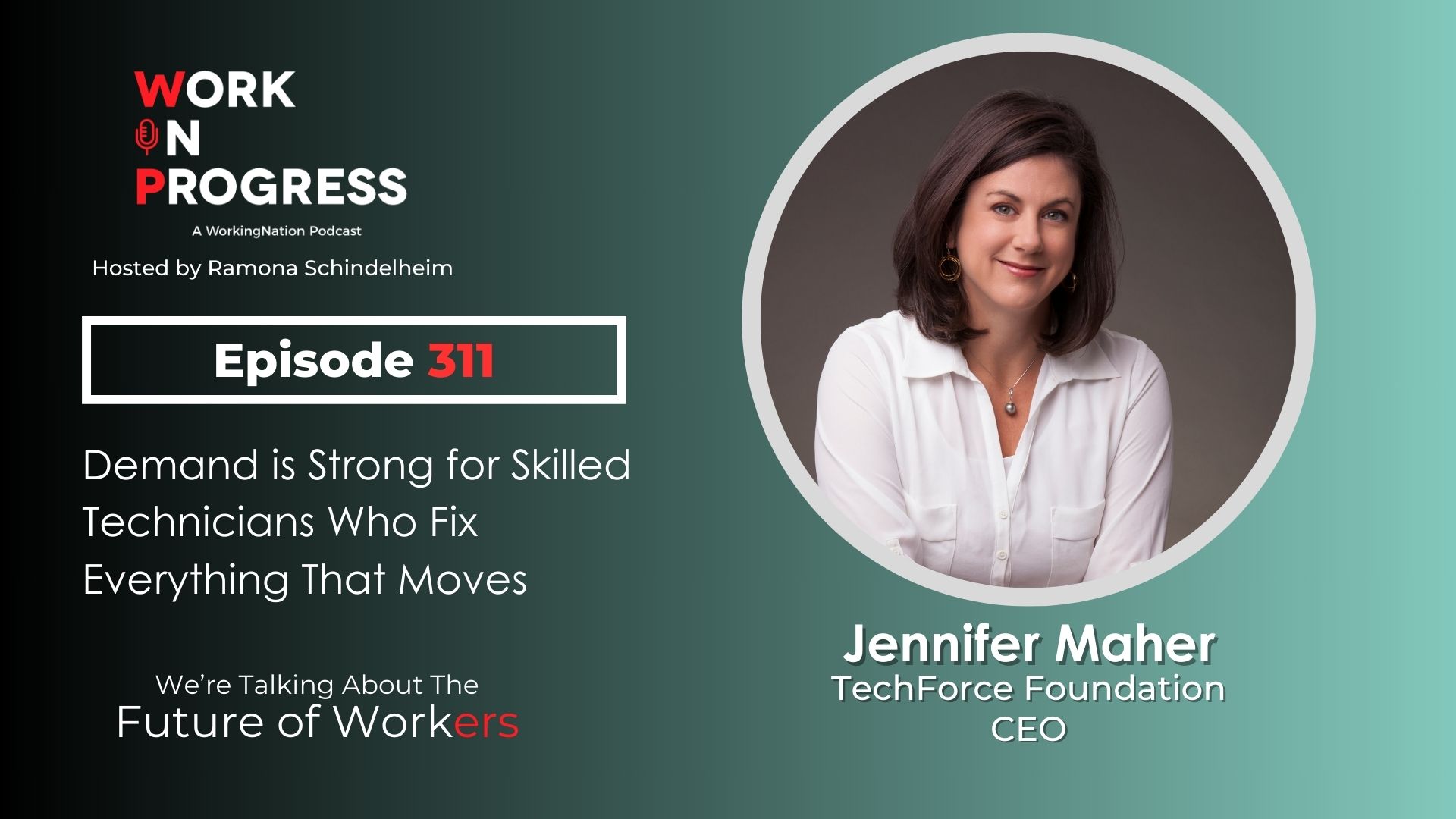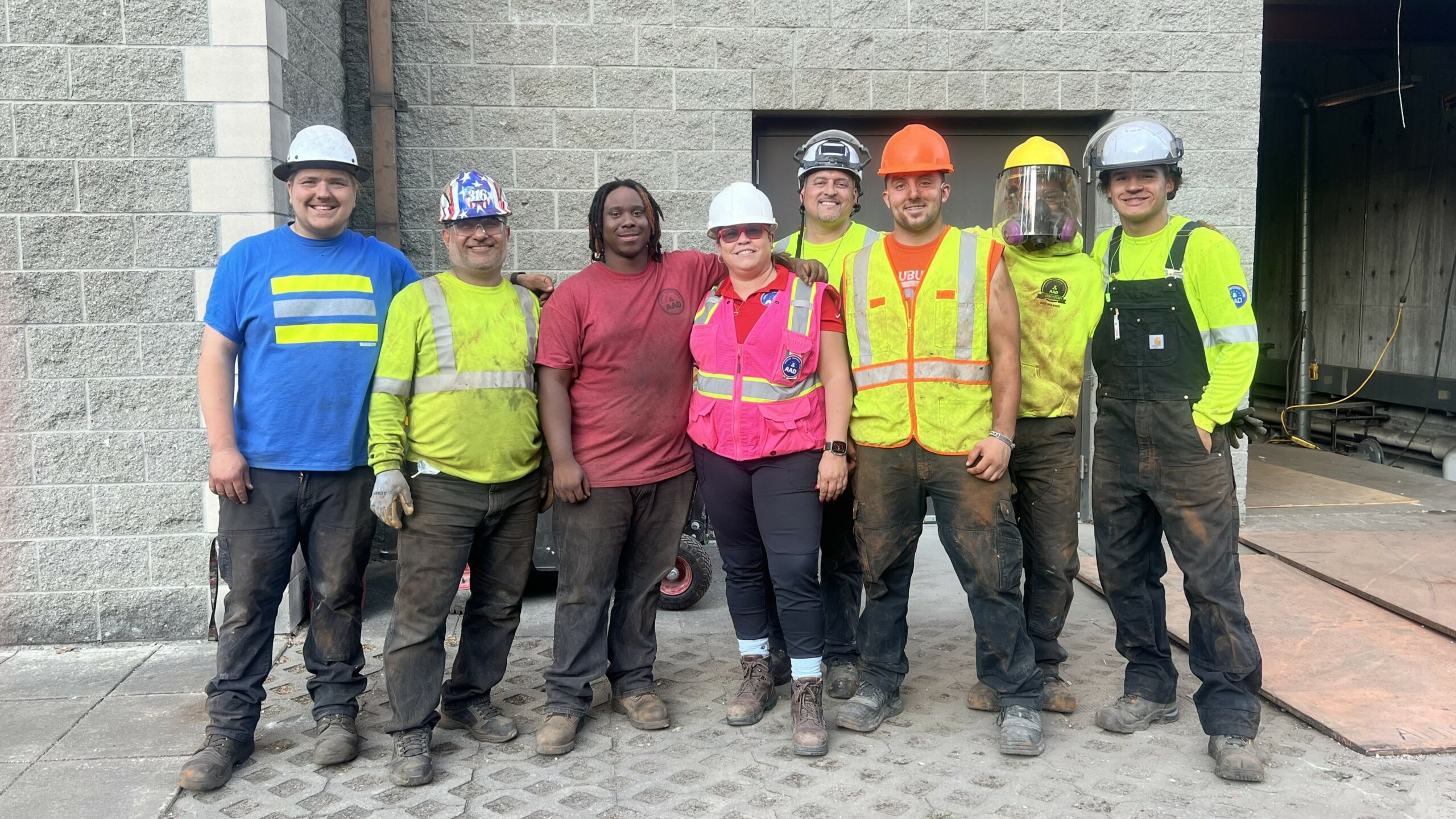Veterans transitioning into civilian life after their service and pursuing higher education in California will find it easier to get college credit for the experience they acquired during active duty, thanks to a new database.
“The transition from military service to civilian life is a danger. It’s tenuous. It’s difficult. Transition is a big key time, and we want to be a big factor in making education accessible during that vulnerable time,” says Samuel Lee, Ed.D., vice president of academic affairs for Norco College in Riverside Country, and one of the leaders of the platform’s development.
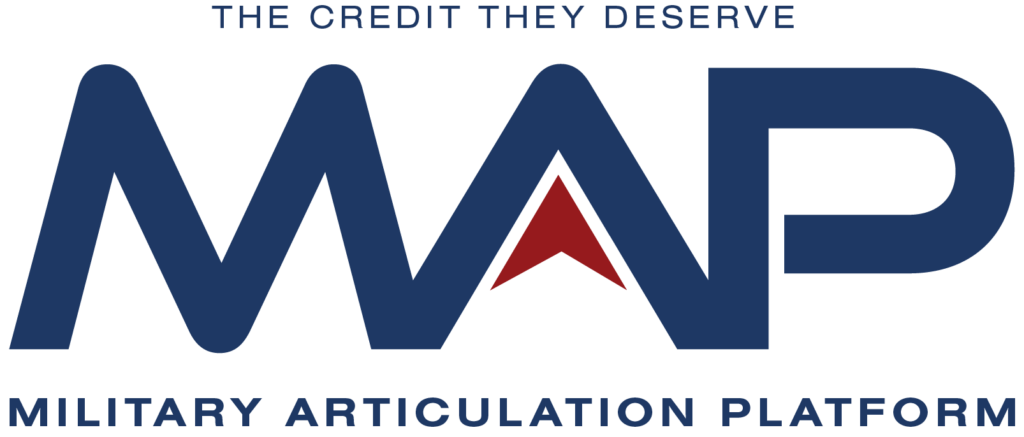
That platform is called MAP – the Military Articulation Platform – and it works alongside the American Council on Education (ACE) military guide to “interpret” military training and occupations, expanding the likelihood of veterans getting college credits at certain postsecondary institutions.
Only one of a handful of similar programs across the country, it can help stretch the GI Bill benefits service members receive, and give them a head start towards earning a college degree.
Here’s how it works
Virginia, Kansas, and Texas have similar programs, but Lee says what sets MAP apart is the role that faculty play in the process. While each participating California institution may offer similar classes, their naming conventions can all be different, making requirements in a course catalog seemingly different from school to school.
Schools that use MAP input their individual course catalog and the platform provides information to the college faculty to help them determine if a veteran should receive credit for prior learning.
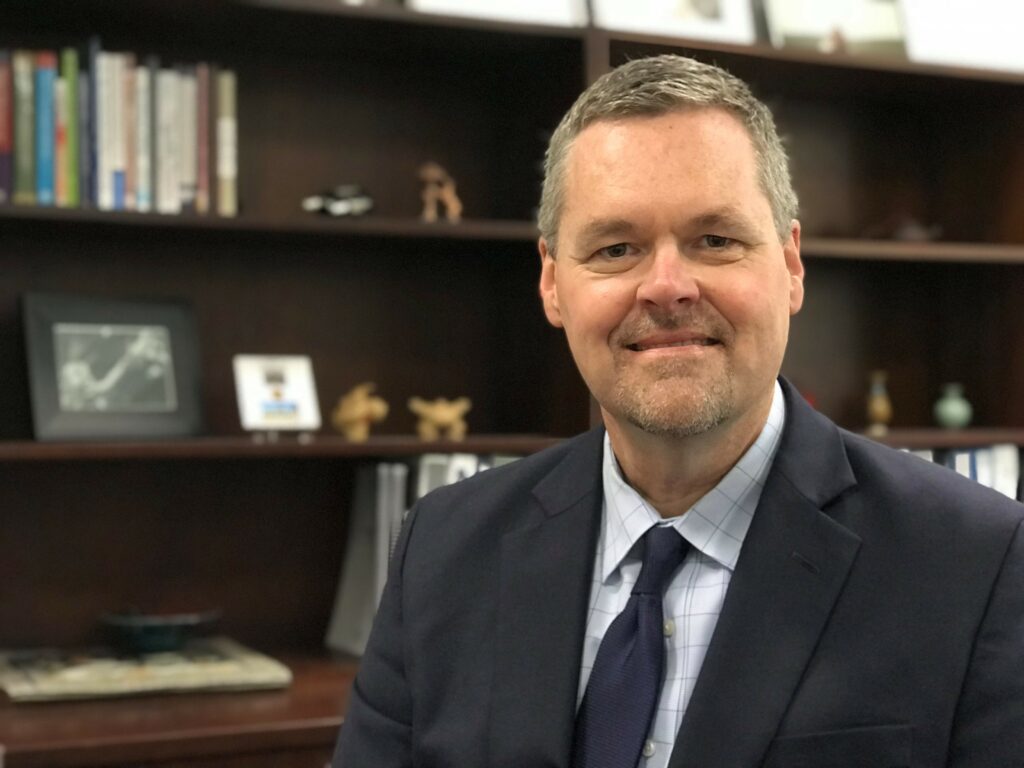
“ACE is like a higher-level credit recommendation but doesn’t take into account all the decisions the local college has to make to give the veteran credit,” says Lee.
“For example, we might call a course ‘ADJ 20 Criminal Investigation’ but another college might call it ‘ADJ 101 Investigation of Criminal Activities.’ There are all sorts of variations,” he continues.
“Part of MAP’s job is to connect credit recommendations with college courses and ask the faculty to bless it.”
Once college credits are approved for prior learning and experience, those credits are transferable to other institutions.
The Veteran’s Academic Journey
A veteran’s student journey using MAP begins at the start of their academic journey. They visit a college’s veteran resource center and submit a Joint Services Transcript (JST) to the veteran counselor. The transcript is loaded into MAP analyzed to see what classes match for credit.
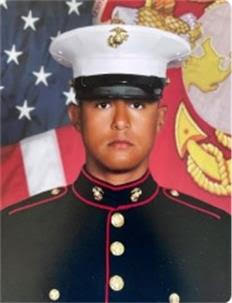
After serving in the U.S. Marine Corps for four years in multiple deployments, Mauricio Cano-Cortez chose to reenter the civilian world to be closer to family. Upon enrolling in Norco College, he learned his experience as a Marine Corps combat engineer – repairing and building roads, power supplies, and structures gave him the skills and knowledge towards a pre-engineering degree.
Through MAP, it was determined he already has 30 credits, saving him more than a year of school.
Not only will he be able to stretch his GI Bill dollars more, he says it will also enable him to graduate sooner from Norco College and transfer to CalPoly Pomona or UCLA to earn a degree.
“I’m coming into college at 24 years old and starting for the first time. I’m already older than a lot of my peers in college and this helped me pick up a little bit of slack because I already felt behind,” Cano-Cortez says.
MAPping the Difference
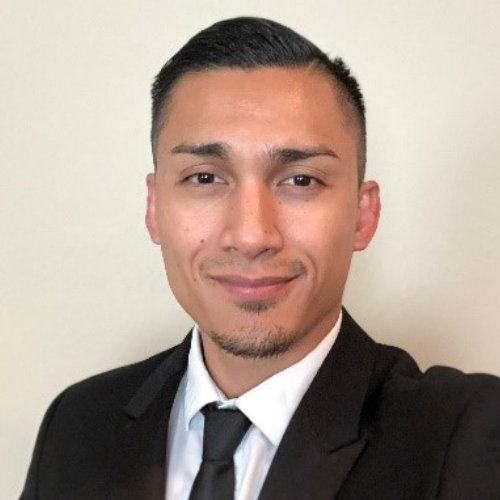
Cano-Cortez’s experience is the opposite of U.S. Navy veteran Calvin Gloria, who applied to Norco before MAP existed. While he received 12 credits back in 2016 after four years as a helicopter mechanic and three overseas deployments, he says he could have gotten 30 units if the platform was available when he started his academic pursuit.
Gloria now works as Norco’s MAP Project Expert and is the main contact between all participating colleges.
“The transition for us is very difficult. I went into the military to educate myself and I have achieved at Norco, but earning my bachelor’s degree without the full benefits (of MAP) was exhausting,” Gloria says. “I am proud to give back to my brothers and sisters in the military. When they get out, I want them to have the opportunity to get the credit they deserve.”
More than 50 California colleges are currently using MAP.
Lee hopes all 116 California universities and colleges will adopt it. Not only will it help veterans succeed, but he says data shows adult learners who get credit for prior experiences are 17% more likely to complete an education goal; Hispanic students and students of color are 20% better adult learners when they receive credit for prior learning.
The platform just launched in February so it’s too early for success metrics. Lee is eager to see them.
“I don’t care about anything until I see the student stories. That’s going to be the tell-tale sign we’re onto something,” he says. “The nice thing about it, is colleges want to do right by veterans.”

